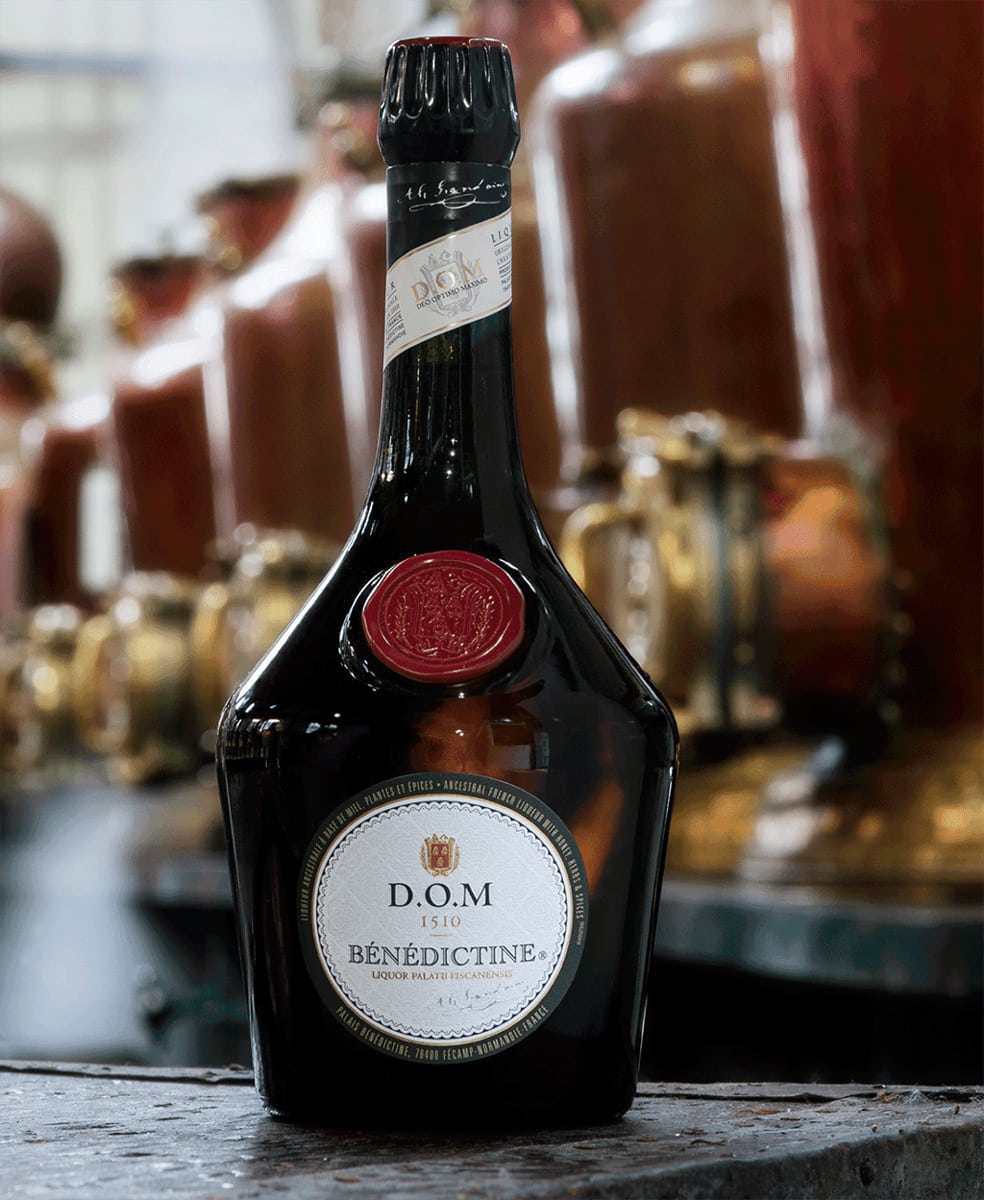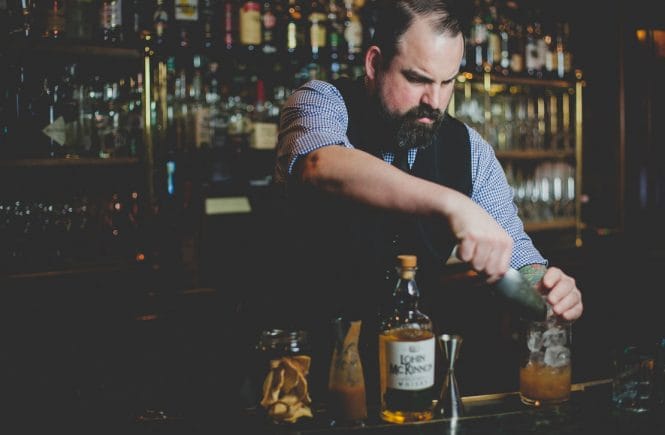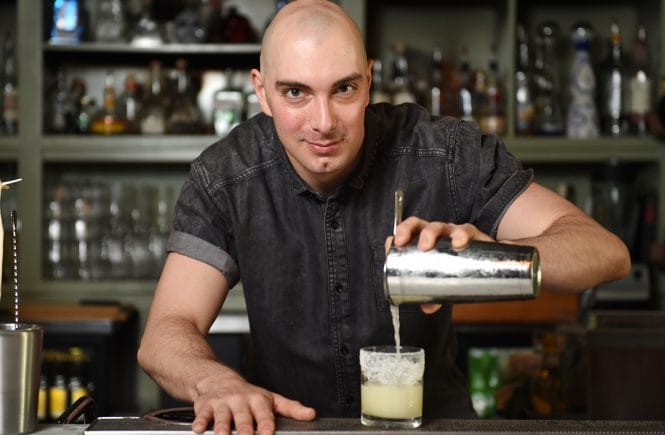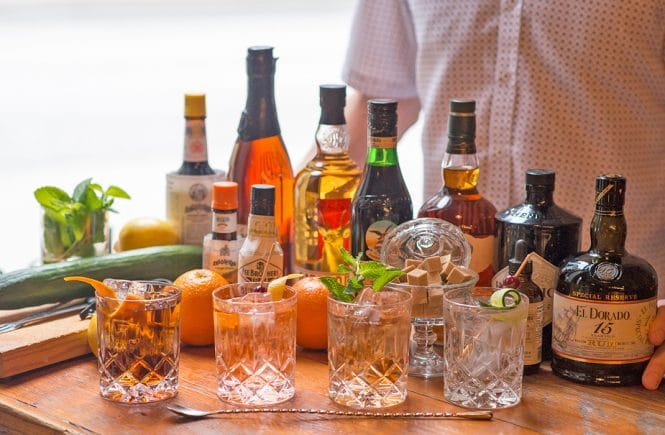Bénédictine’s storied role in cocktails old and new

If you’re the sort of person who likes their cocktails served with a side of storytelling, then Bénédictine is the drink for you. Consider it the Forrest Gump of the spirits world, popping up at just the right moments and in the just the right cocktails.
Bénédictine is an herbal liqueur produced in France, based on Cognac, sweetened with honey and flavoured with 27 herbs and spices including saffron, hyssop and lemon balm. Like Chartreuse, it was originally produced centuries ago, concocted by monks as a medicinal tonic.
Or was it?
The way the story goes, a monk named Dom Bernardo Vincelli created the original elixir at the Bénédictine Abbey of Fécamp in 1510 Normandy. The monastery was destroyed during the French Revolution (1789-’99), the recipe for its signature tonic disappearing amid the flames of social upheaval. Only one surviving monk remembered the secret formula and passed it in to the local Le Grand family.
In 1863, a descendant of that family, a wealthy wine merchant named Alexandre Le Grand, claimed to have discovered the recipe in an old book, recreated it, named it Bénédictine D.O.M. (Deo Optimo Maximo—“God infinitely good, infinitely great”—is the order’s motto) and marketed it, rather successfully. He even built a truly remarkable monument to Bénédictine, an ornate Gothic/Renaissance palace in Fécamp that houses the Le Grand family treasures.

Needless to say, there is plenty of skepticism about this version of events.
But whether the origin story is true or not, people loved Bénédictine. And why not? It is a sweetly spiced after-dinner sipper that sated the 19th century fondness for herbal flavours. It also hit the market just in time for the golden age of the cocktail, and proved to be a versatile sweetener that added depth and complexity to drinks like the Bobby Burns (Scotch, sweet vermouth, Bénédictine) and Ford (Old Tom gin, dry vermouth, Bénédictine, orange bitters).
It partied in New Orleans in La Louisiane (rye, sweet vermouth, Bénédictine, absinthe, Peychaud’s bitters) and the Vieux Carré (rye, Cognac, sweet vermouth, Bénédictine, Peychaud’s bitters, Angostura). It travelled to the Far East, one of the few ingredients to remain consistent in the ever-evolving Singapore Sling, a fizzy, citrusy punch invented at the Raffles Long Bar. It wowed the swells at New York’s 21 Club, simply and boozily mixed with brandy to create the B&B (sold as a bottled product since the 1930s). A couple of decades later, it even featured in our own Vancouver cocktail (gin, sweet vermouth, Bénédictine, orange bitters).
Given its facility for appearing (or disappearing) at just the right moment, it should be no surprise that “Benny” has seen a resurgence in recent years along with the rediscovery of long-lost classic drinks and the creation of new ones, too.
Still, Bénédictine will never be a mass-produced, mass-consumed product. It appeals to a sophisticated palate, a curious palate, a palate that craves complexity. You’re not going to see stacks of it at the liquor store—indeed, you’ll be lucky even to find a single bottle. But nothing can replace its unique flavour, which is why it will continue to flavour our drinks, no matter what the next cocktail fashion will be.
Dom Bernardo would be proud. If he ever existed, of course.
Make these Benedictine-inspired cocktails at home:
—by Joanne Sasvari




